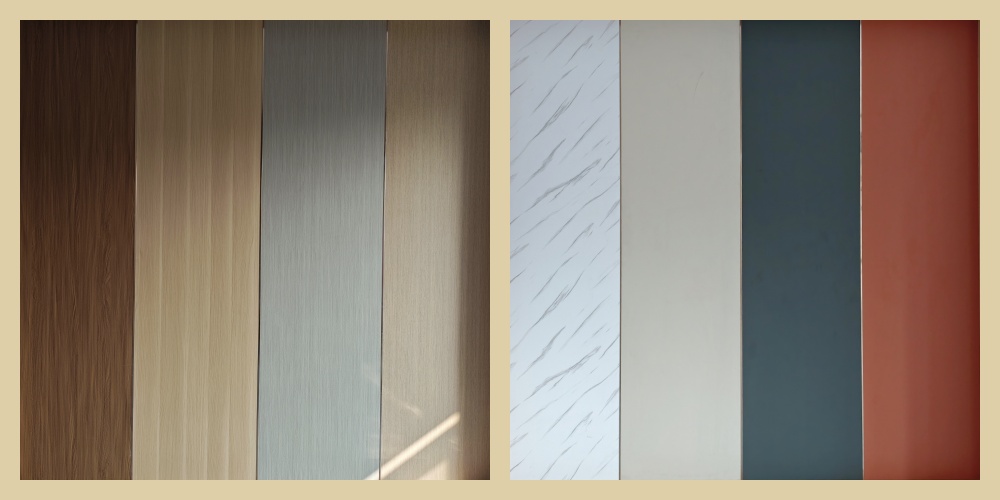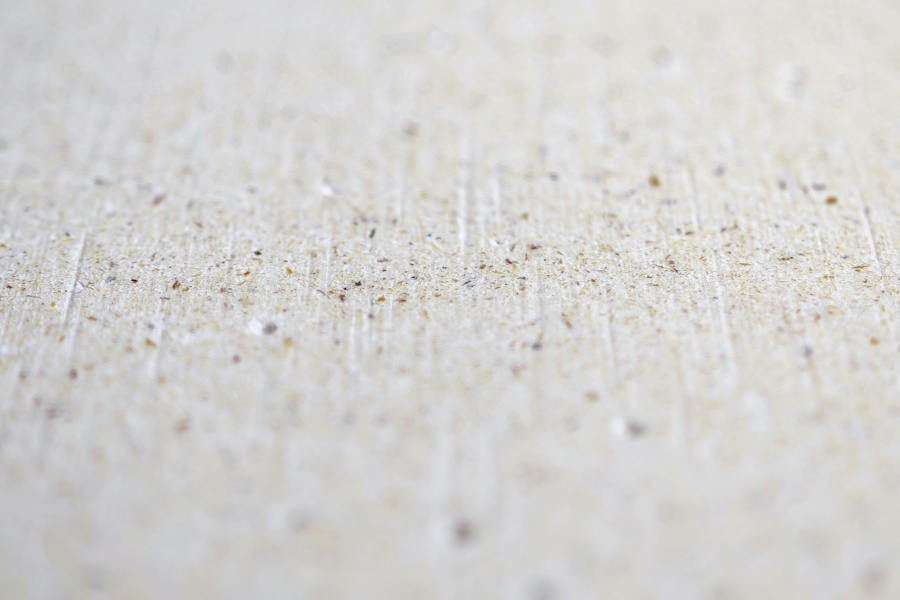Table of Contents
Ask Us Any Question
1. Veneer Board
A veneer board is made by adhering a thin layer of natural wood (called a veneer) to a base material such as mgo board, plywood, MDF (Medium Density Fiberboard), or particle board. The veneer layer provides the appearance of solid wood, while the base material ensures structural stability and cost-effectiveness.
- Characteristics: Thin slices of natural wood, premium authentic wood look, prone to scratches, requires polishing.
- Applications: Furniture, decorative wall panels, high-end finishes.
- Advantages: Natural wood look at a lower cost, environmentally friendly.
- Disadvantages: Less durable, requires regular maintenance.
2. Laminate Board
Laminate boards are created by bonding a thin layer of synthetic material (such as PVC, melamine, or decorative paper) to a substrate like MDF, particle board, or magnesium oxide board. These laminates are adhered using adhesives or heat.
- Characteristics: Synthetic layer, variety of colors and textures, resistant to scratches and moisture.
- Applications: Home and office furniture, cabinet doors, partitions.
- Advantages: Economical, easy to maintain, wide range of designs.
- Disadvantages: May not withstand heavy impact or high temperatures (except laminated mgo board).
Laminated MGO Board: As a unique type of laminate board, Laminated MGO Board combines the fire resistance, moisture resistance, and strength of magnesium oxide with the aesthetic versatility of a laminated surface. Its durability and environmental friendliness make it ideal for demanding environments such as kitchen cabinets, bathroom partitions, and high-moisture areas.

3. HPL Board (High-Pressure Laminate)
High-Pressure Laminate (HPL) boards are engineered by fusing multiple layers of kraft paper, impregnated with phenolic resin, and a decorative layer coated with melamine resin under high heat and pressure.
- Characteristics: Compressed layers of paper and resin, highly durable, resistant to scratches, moisture, and fire.
- Applications: Commercial surfaces, laboratory workspaces, high-traffic areas.
- Advantages: Extremely durable, fire-resistant, retains aesthetic appeal under heavy use.
- Disadvantages: Higher cost, requires skilled installation.
The differences between standard mgo boards and sanded mgo board primarily lie in surface treatment,


